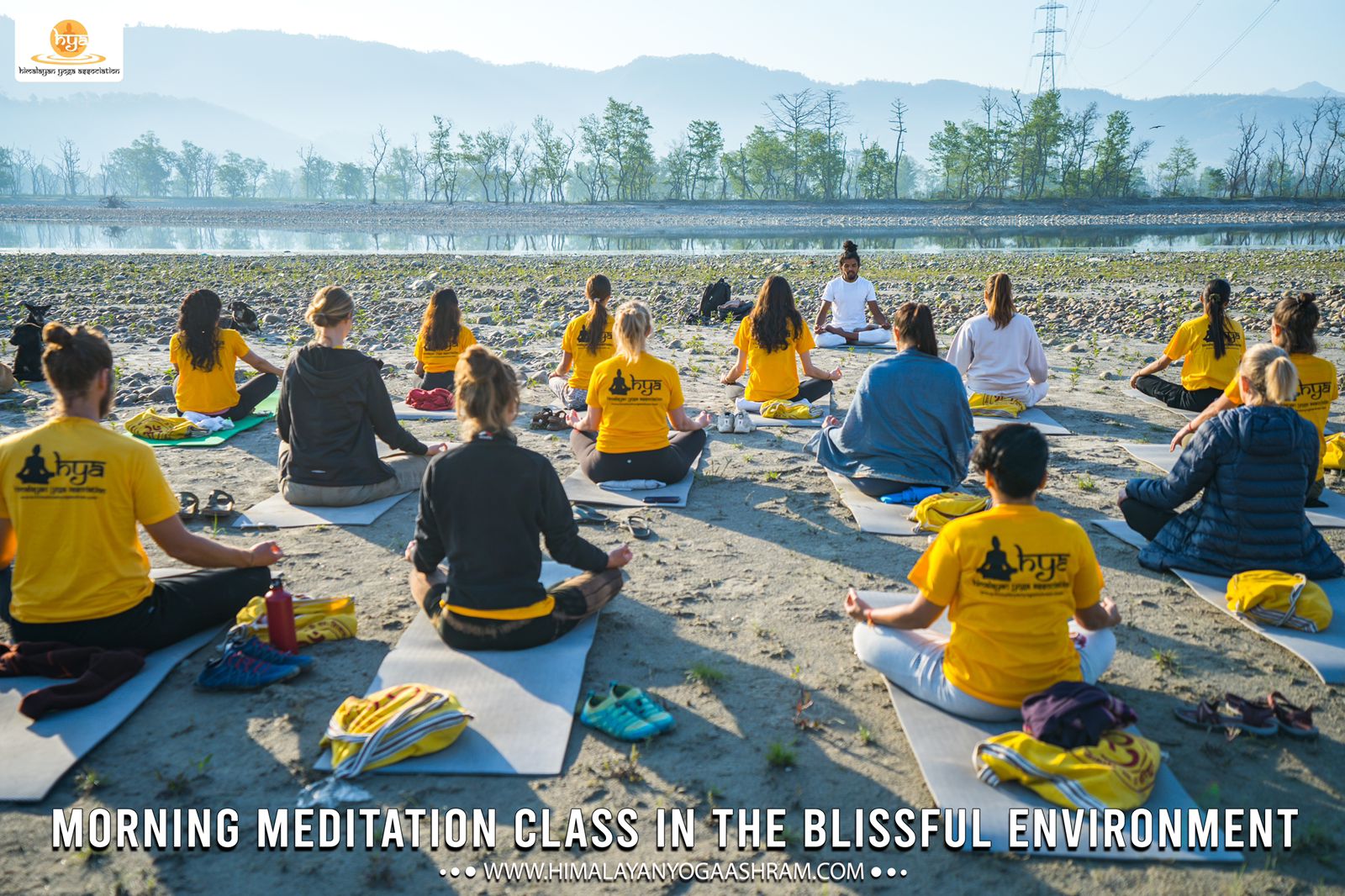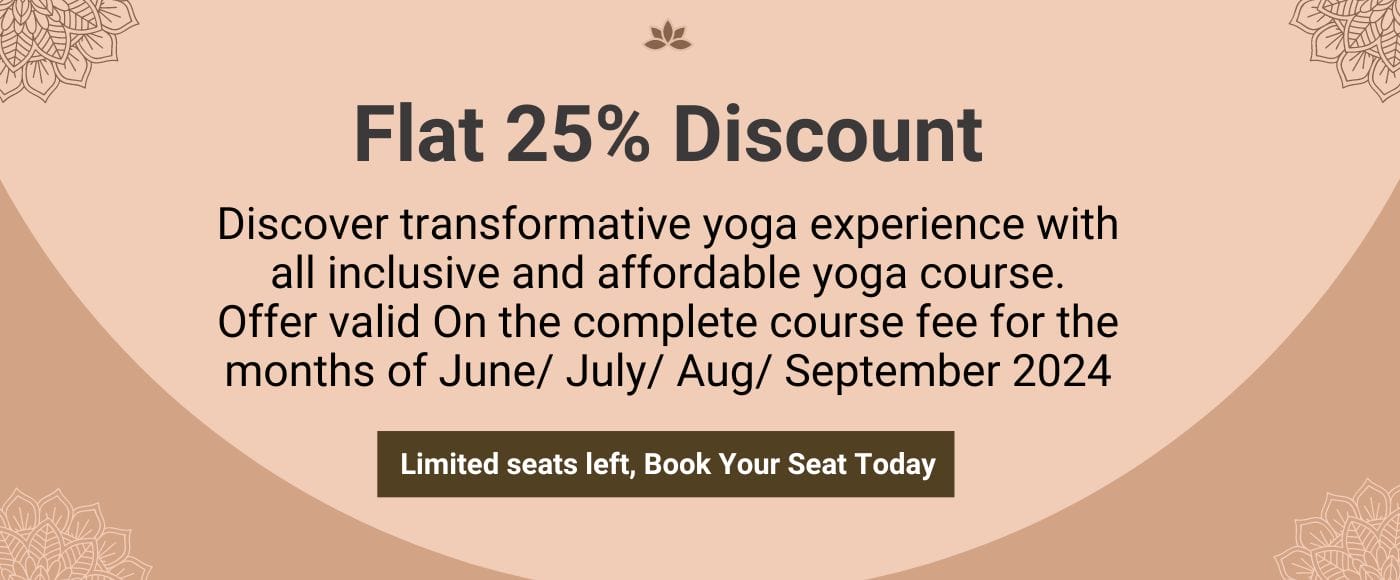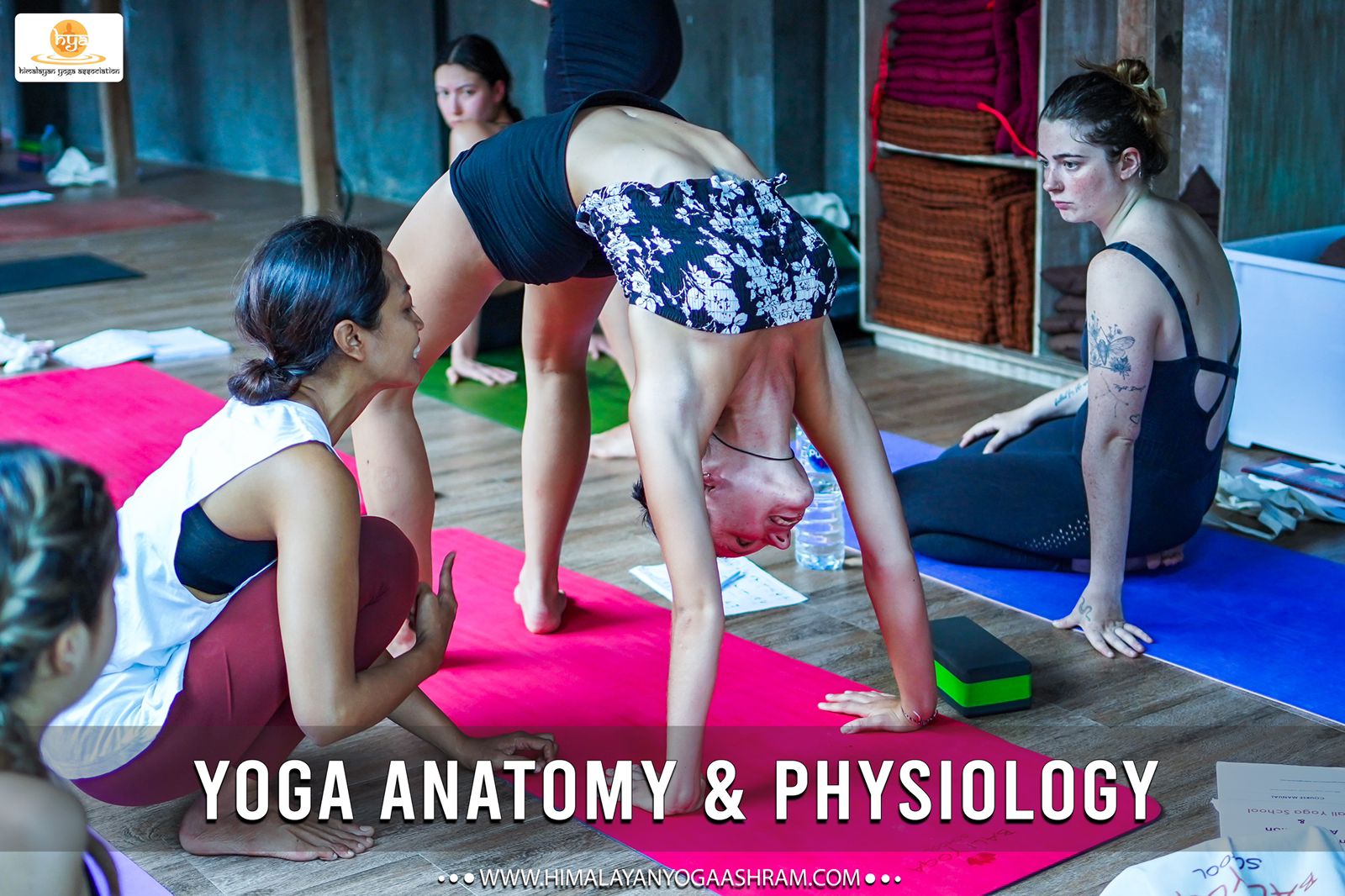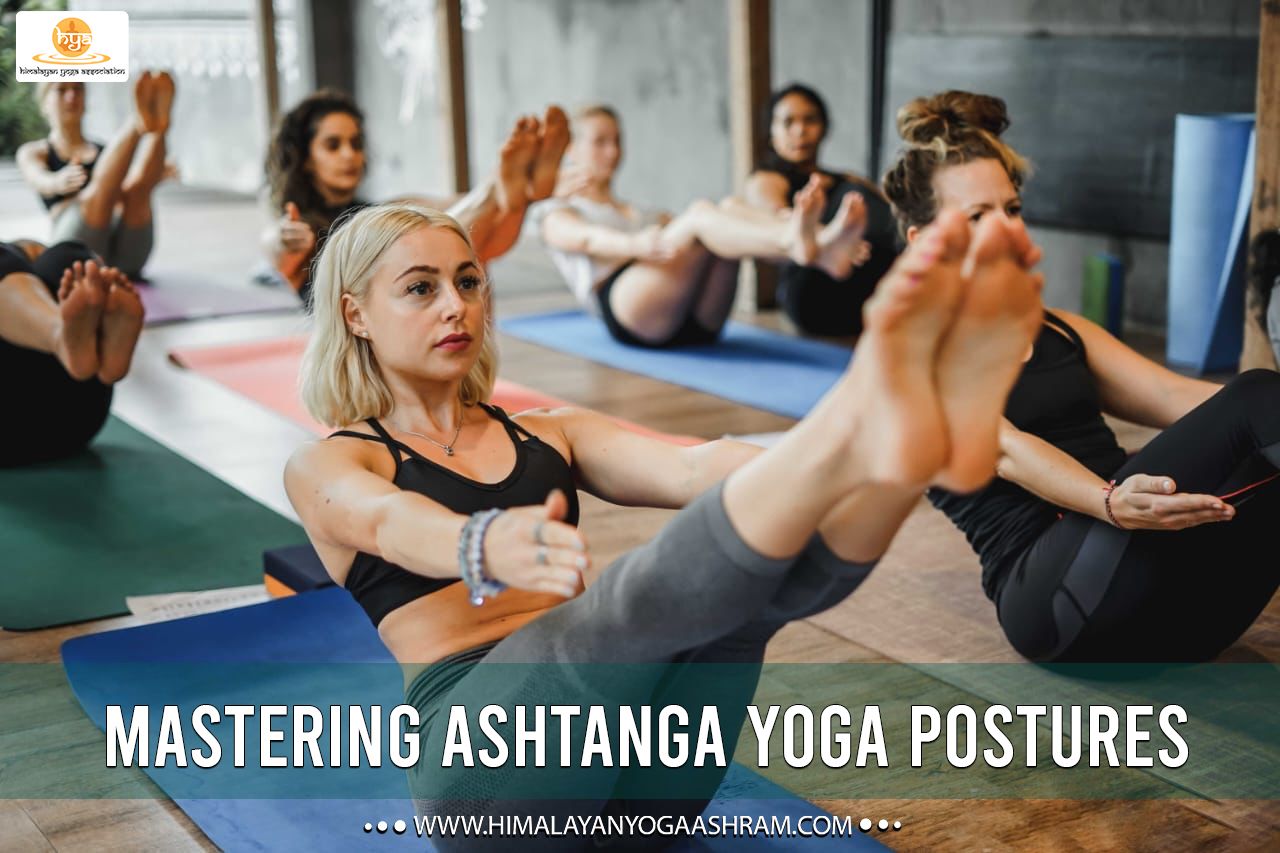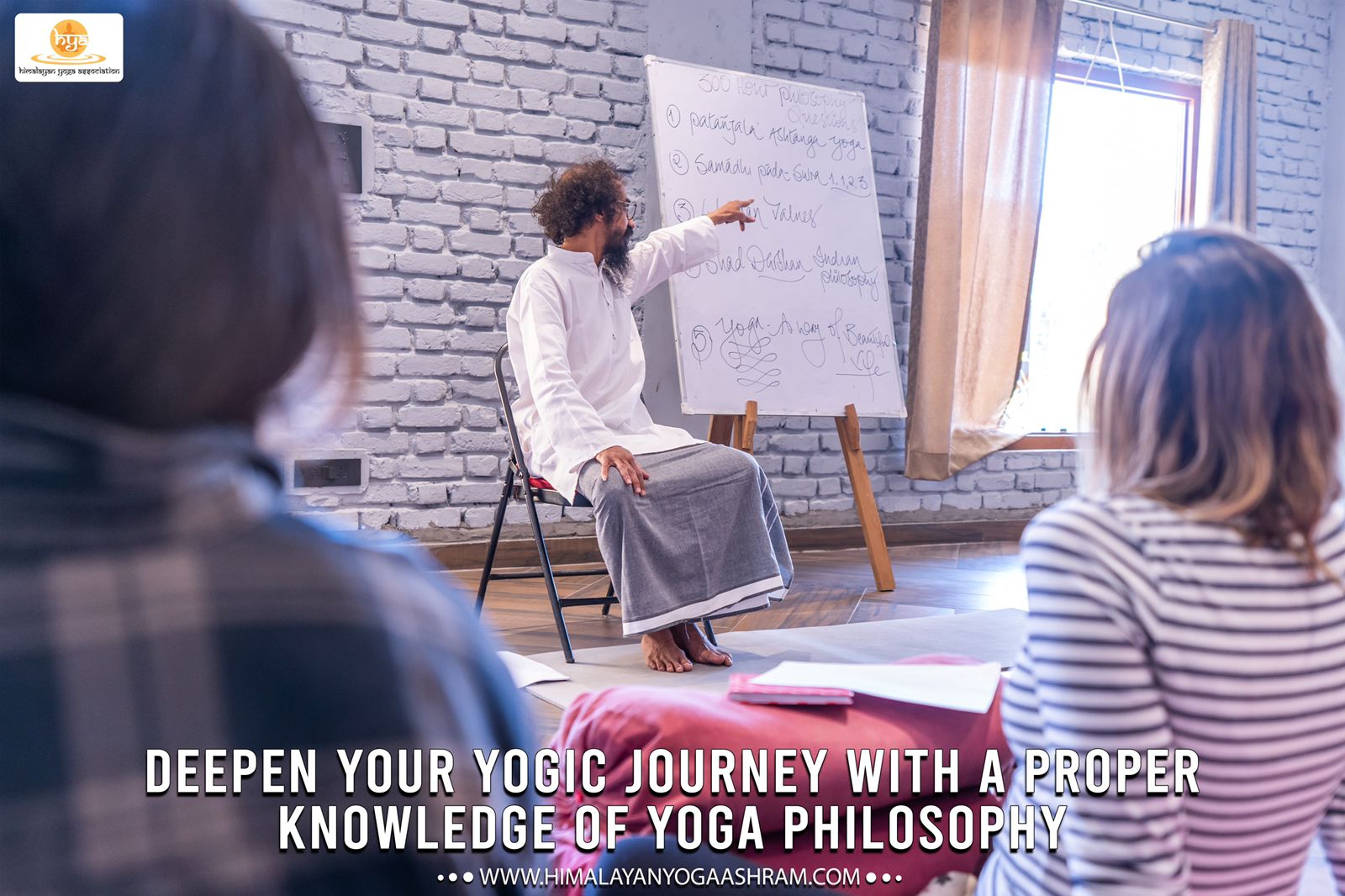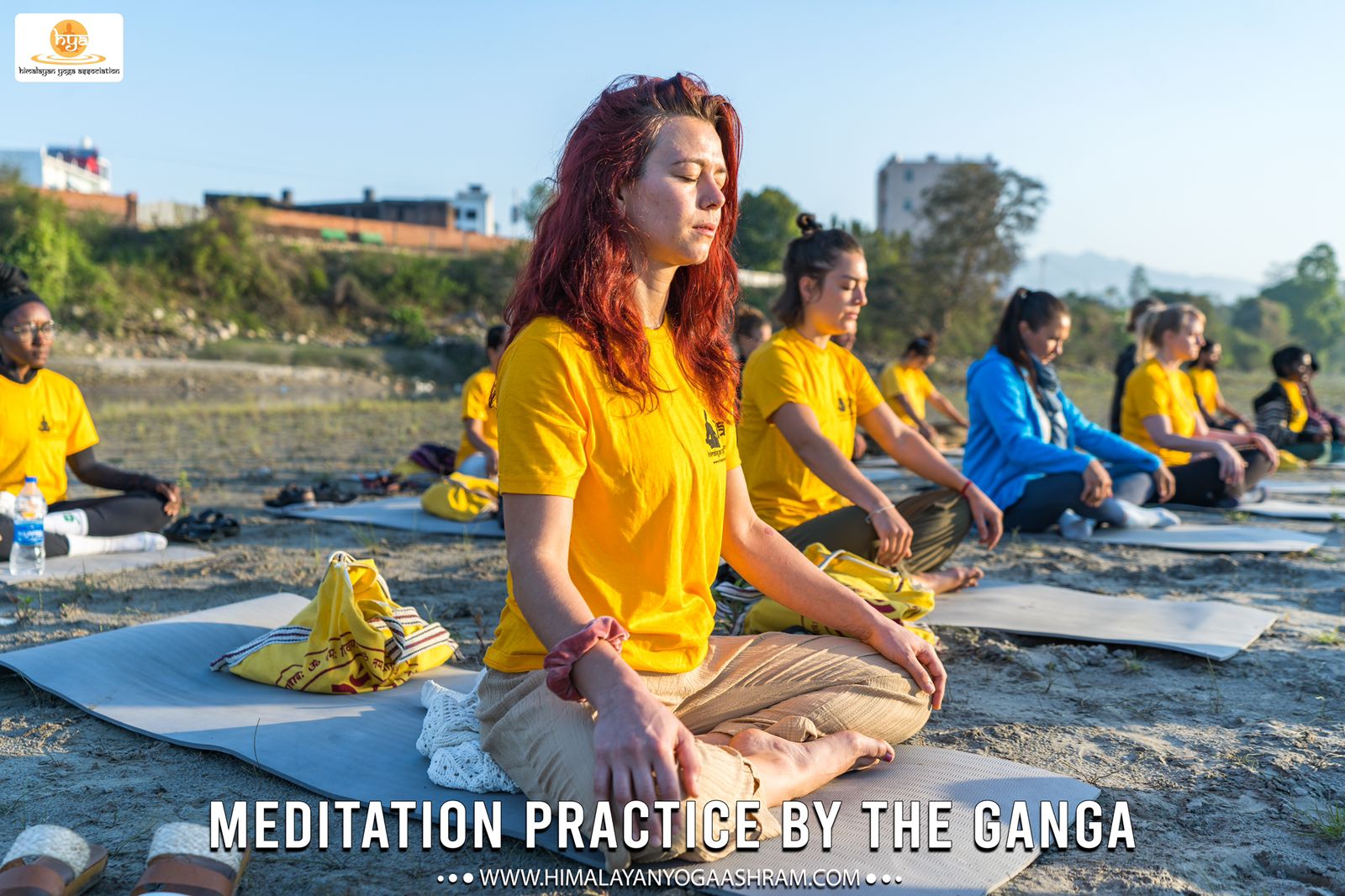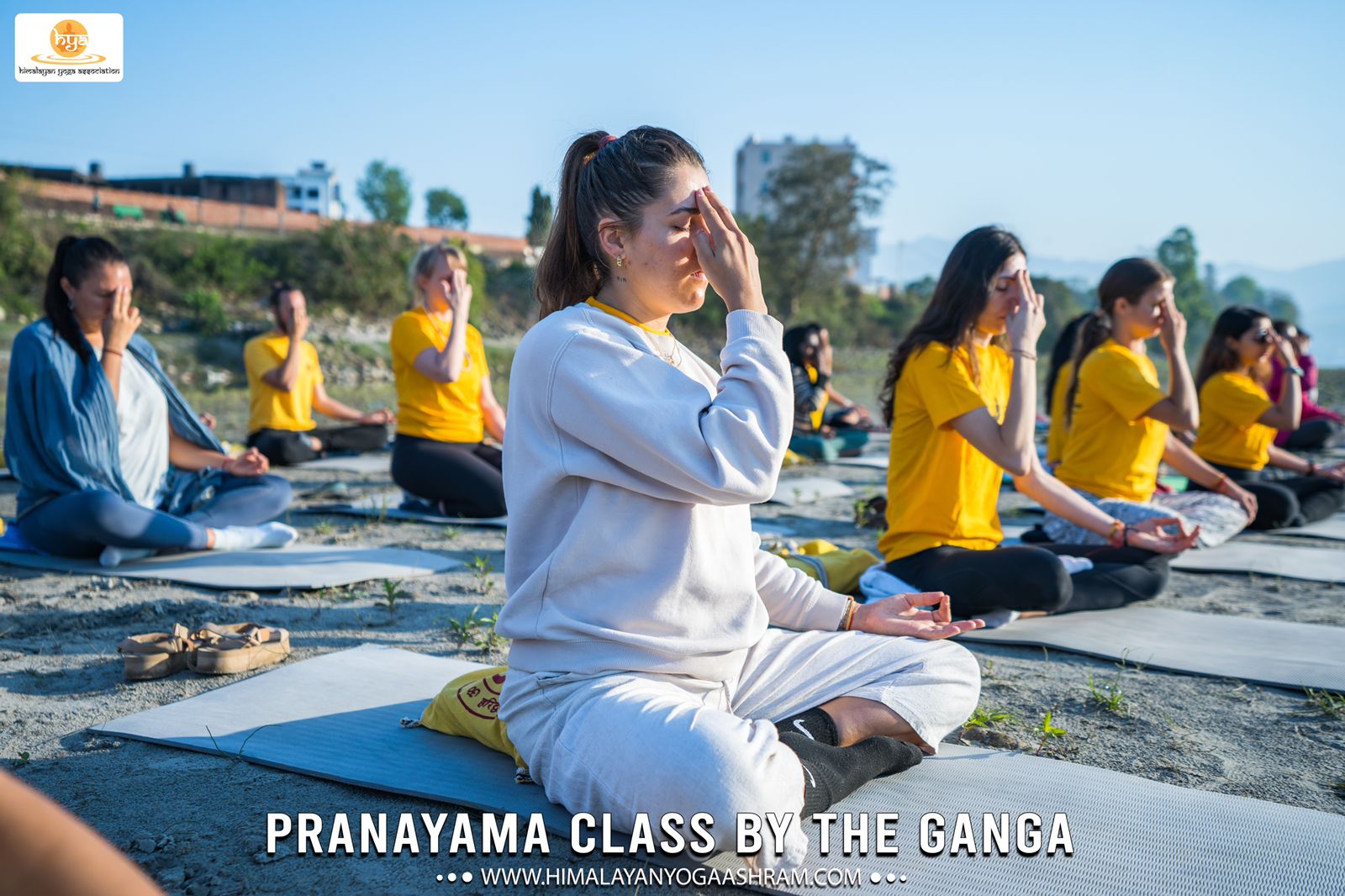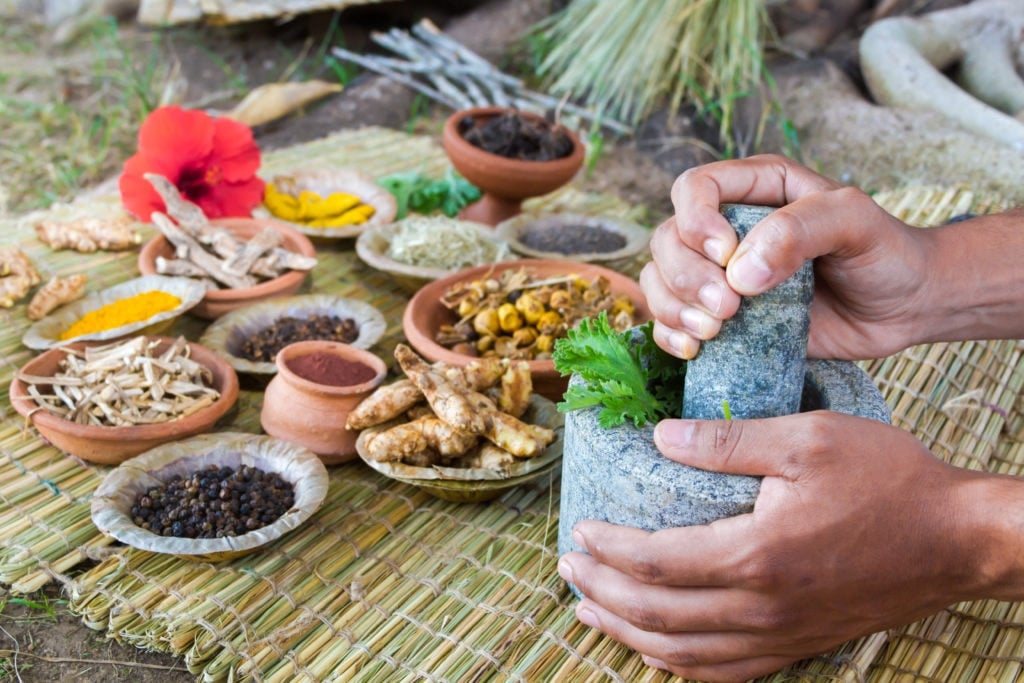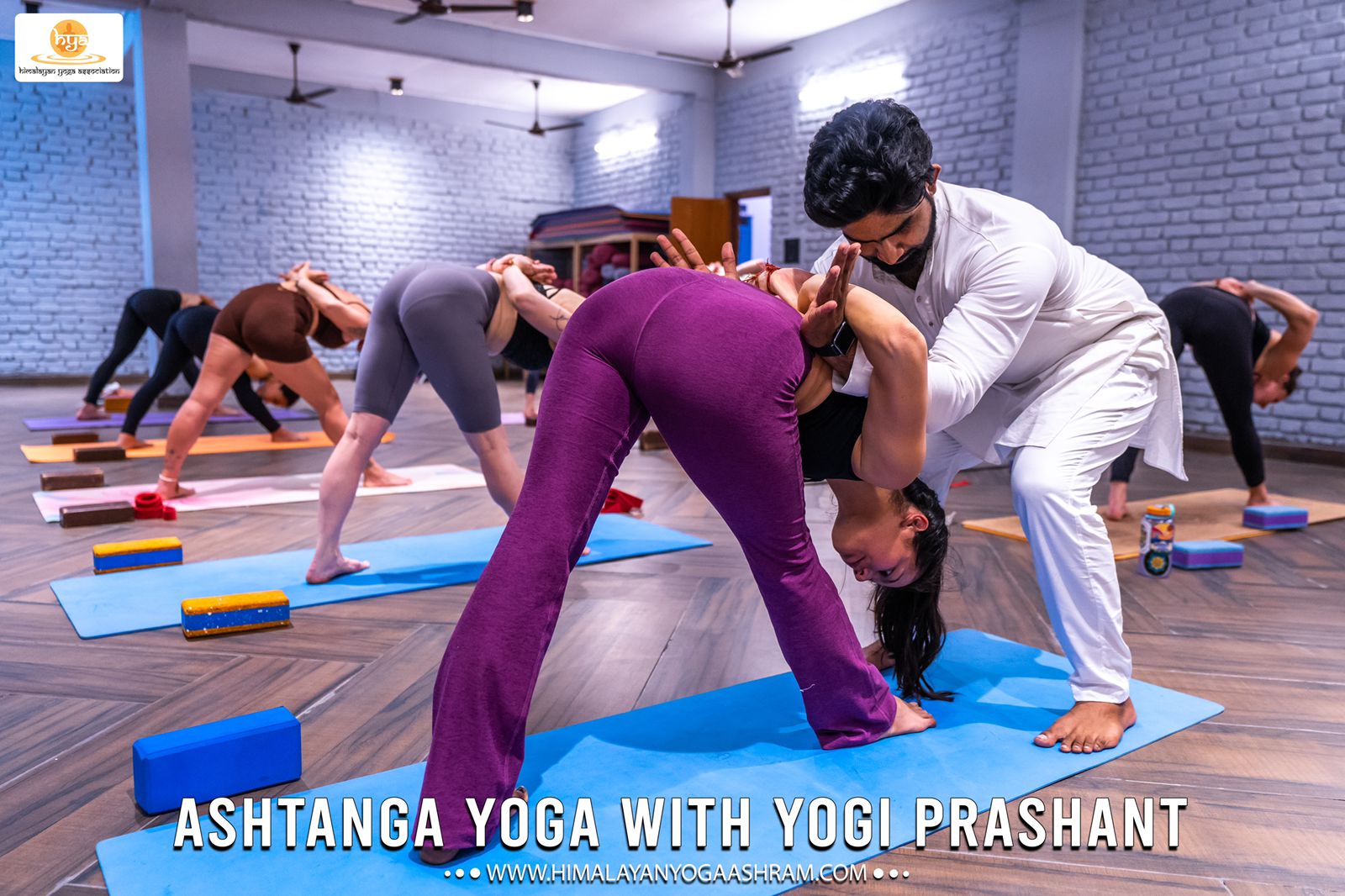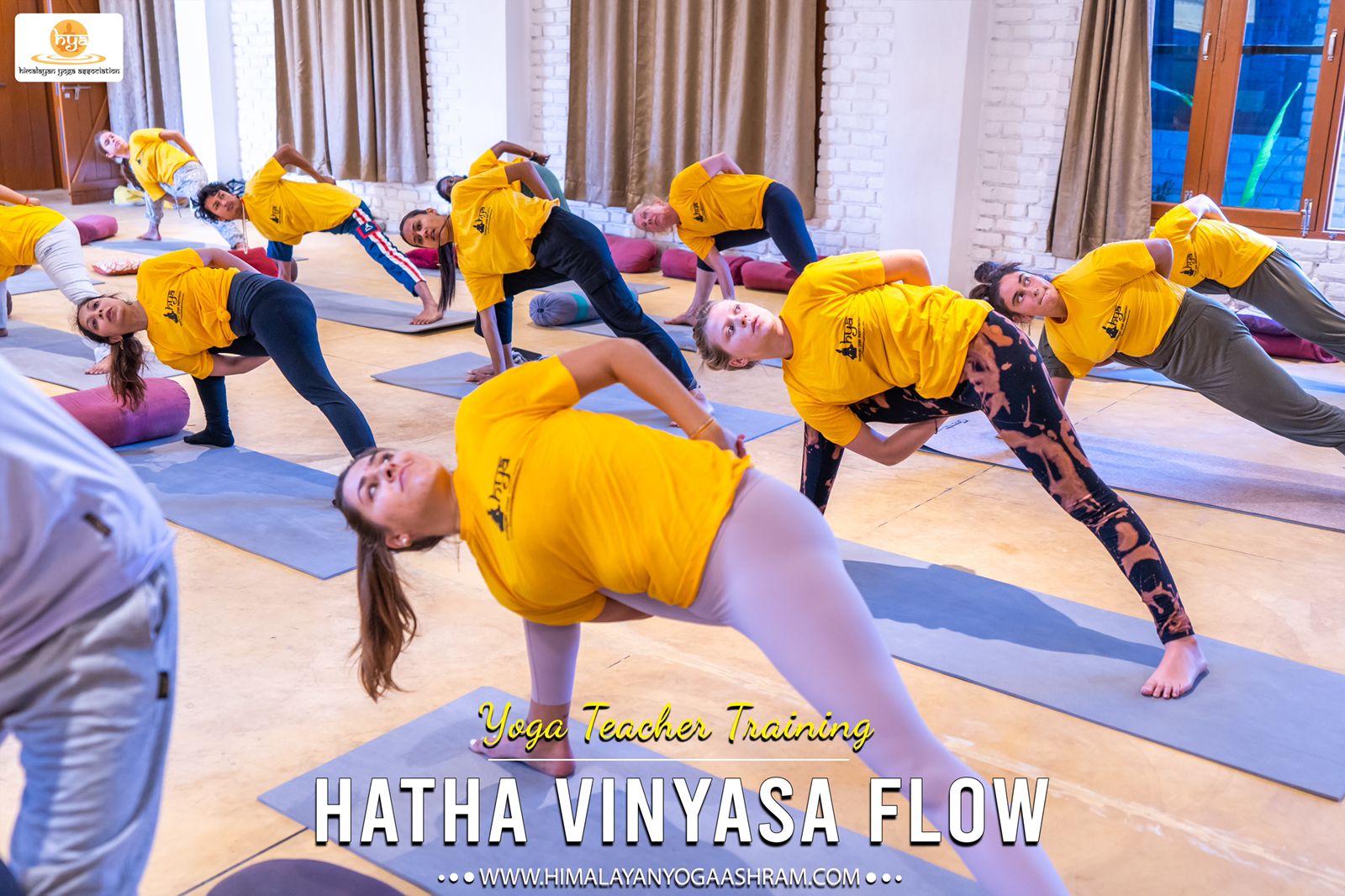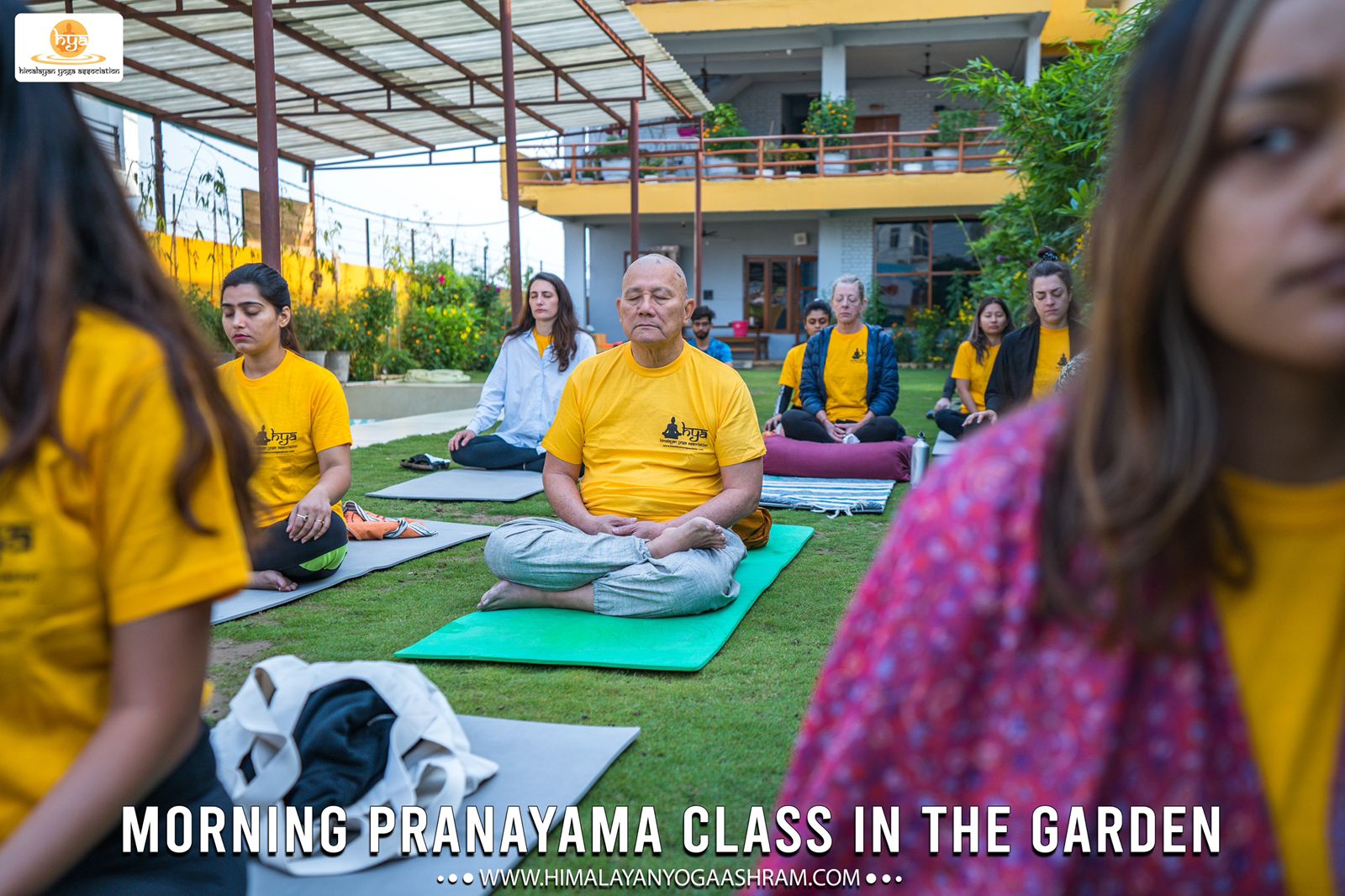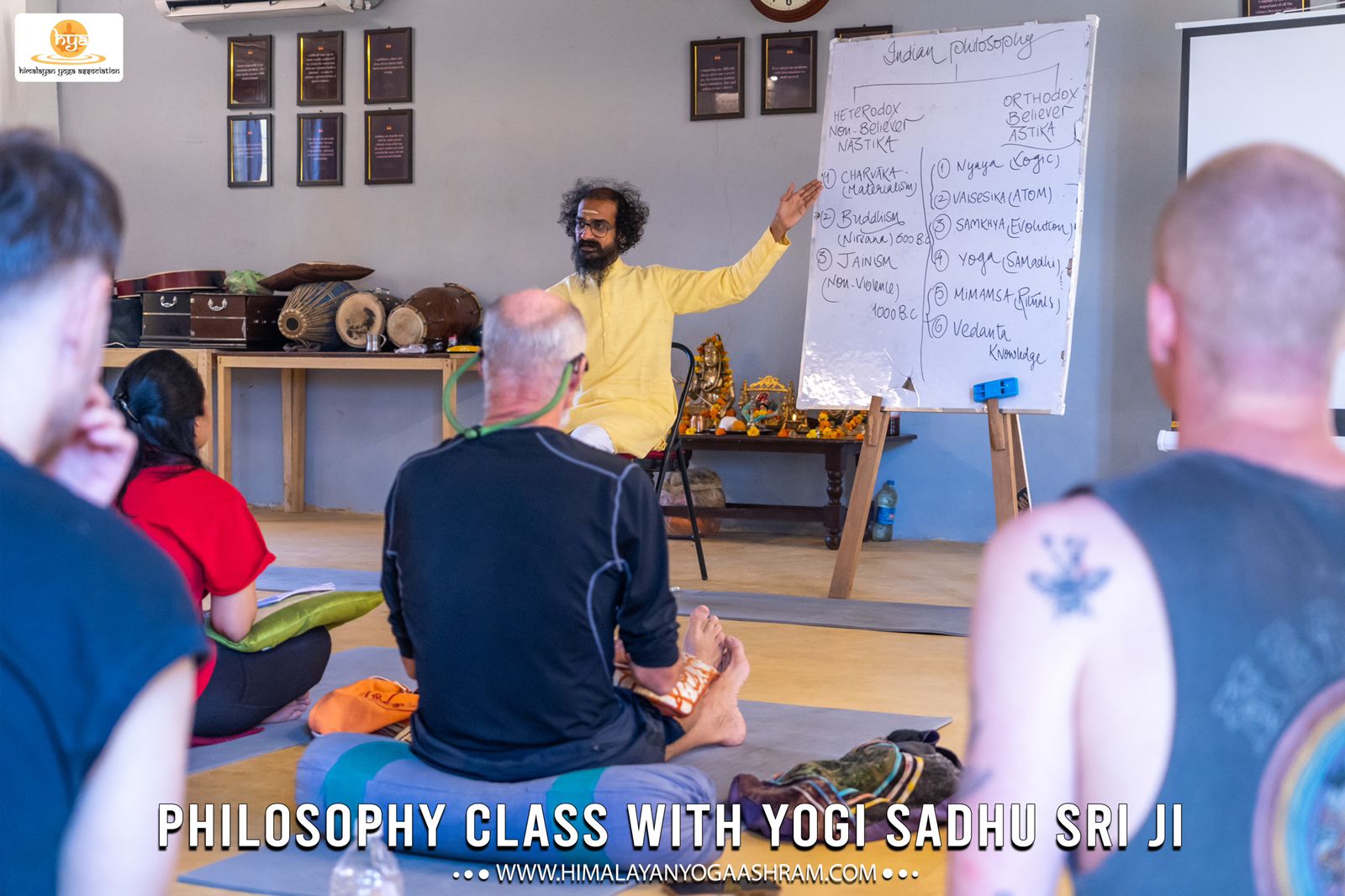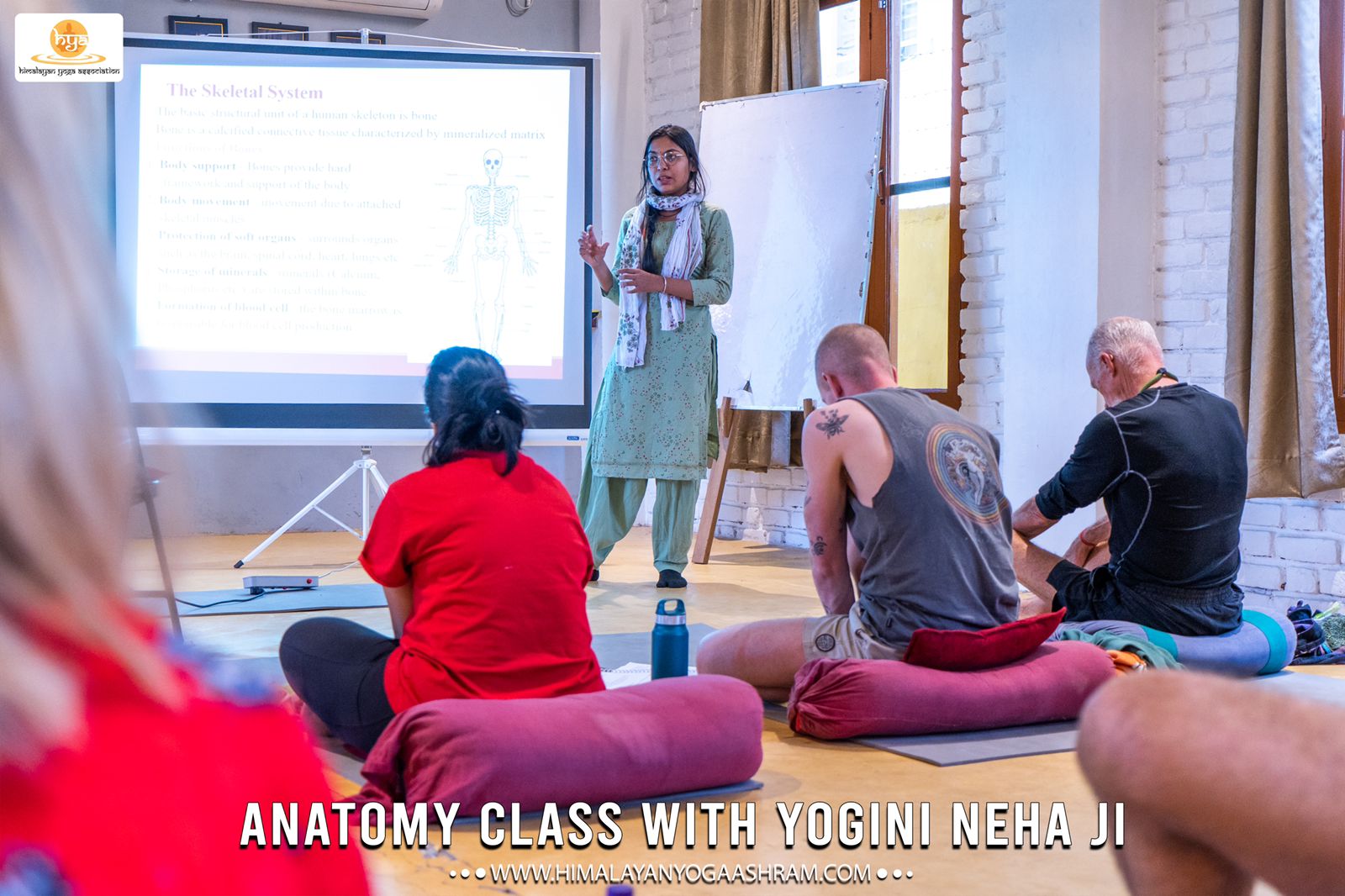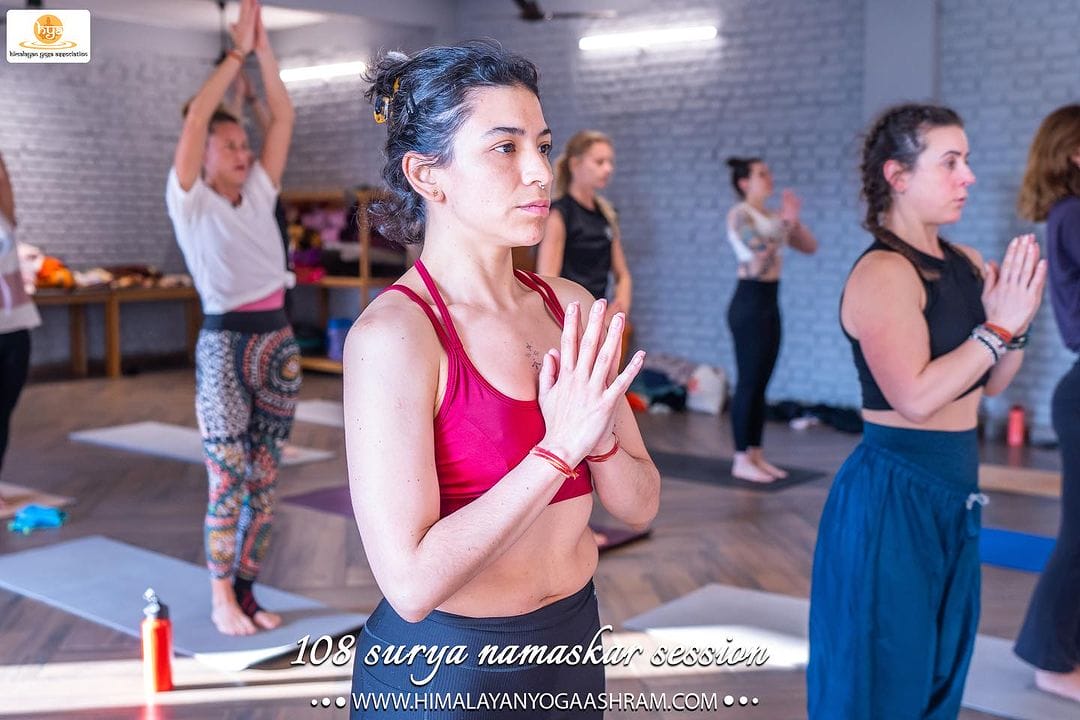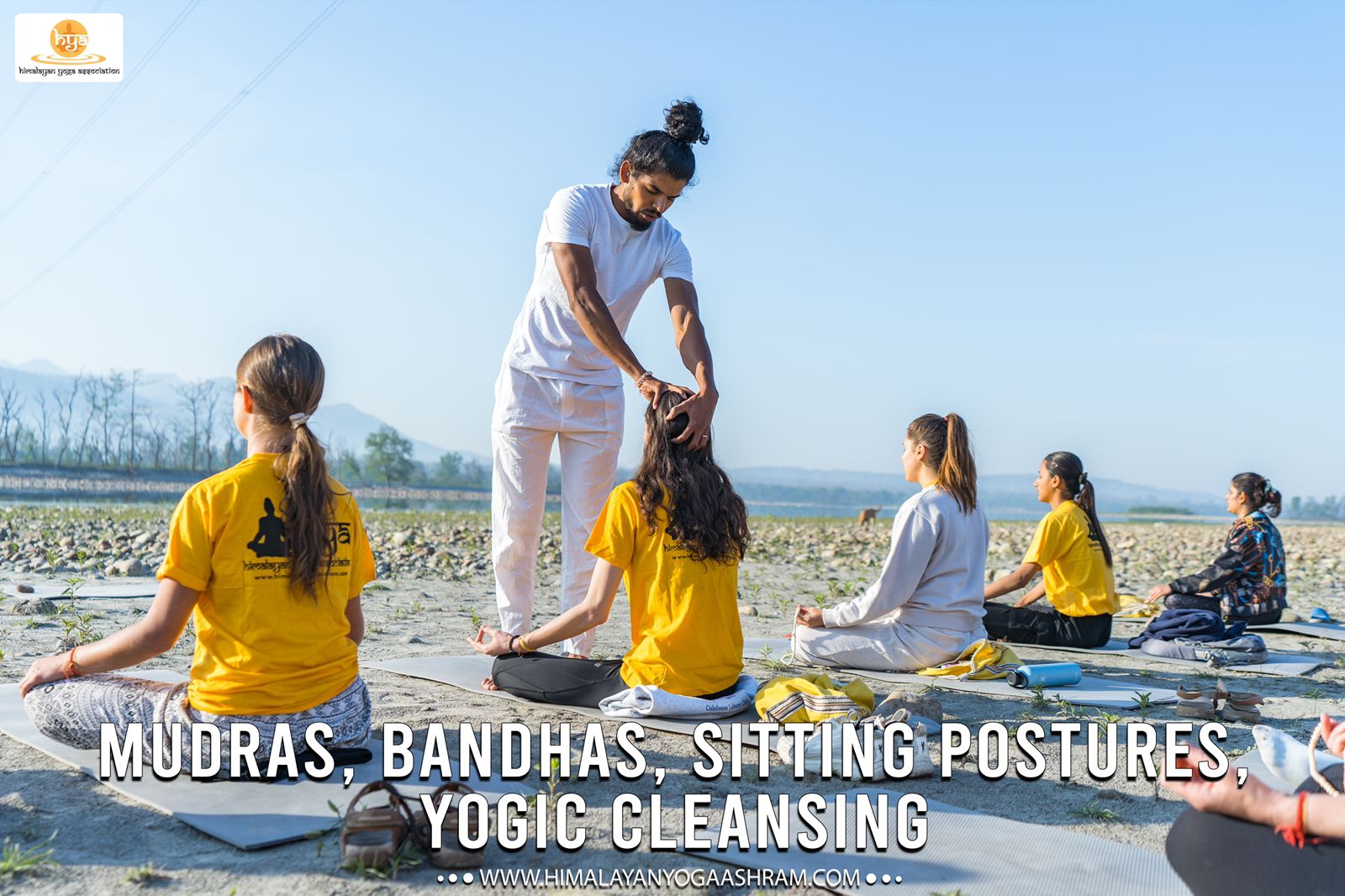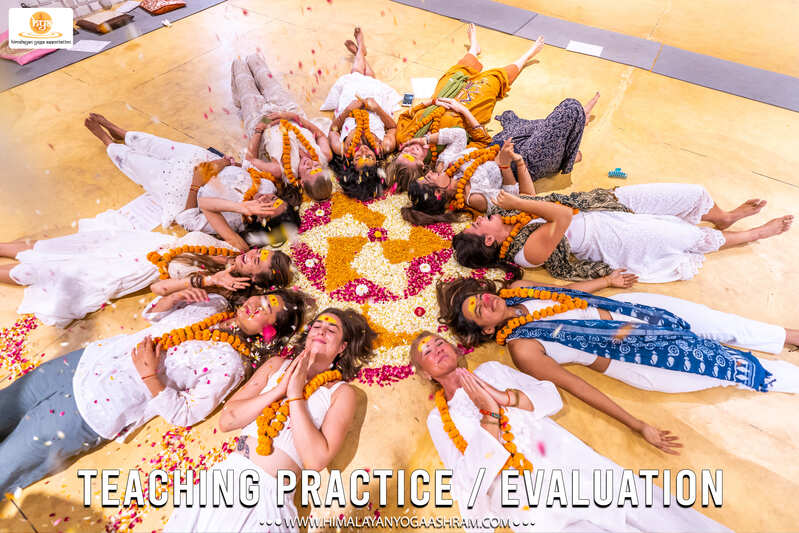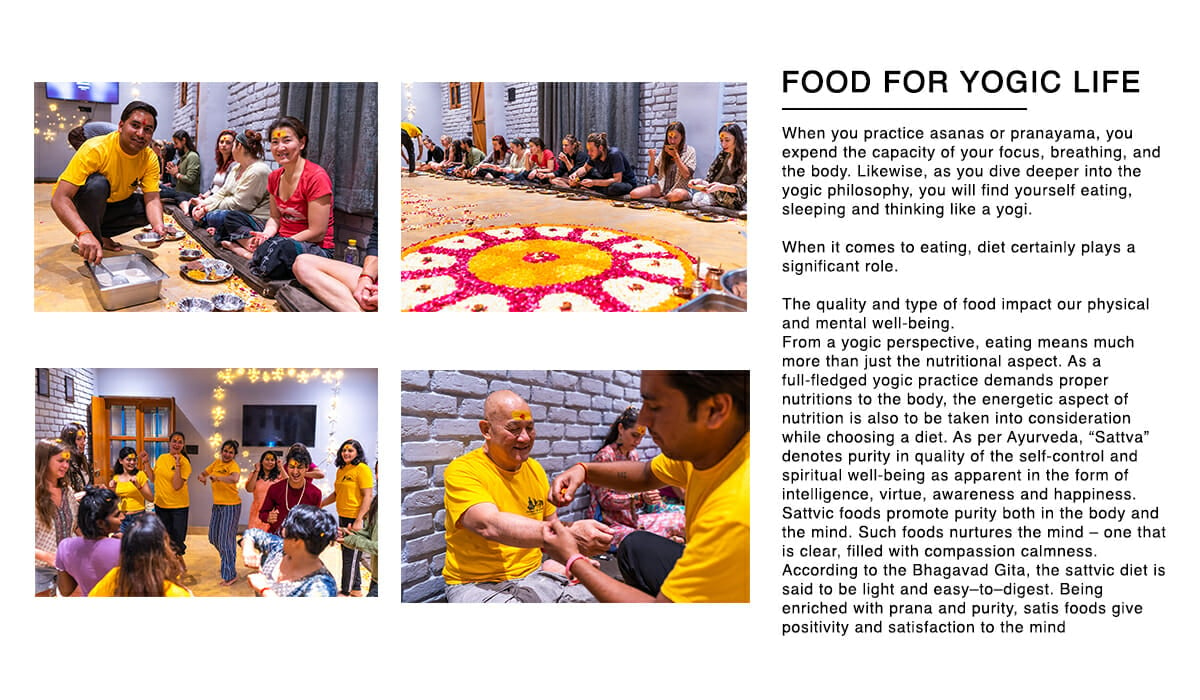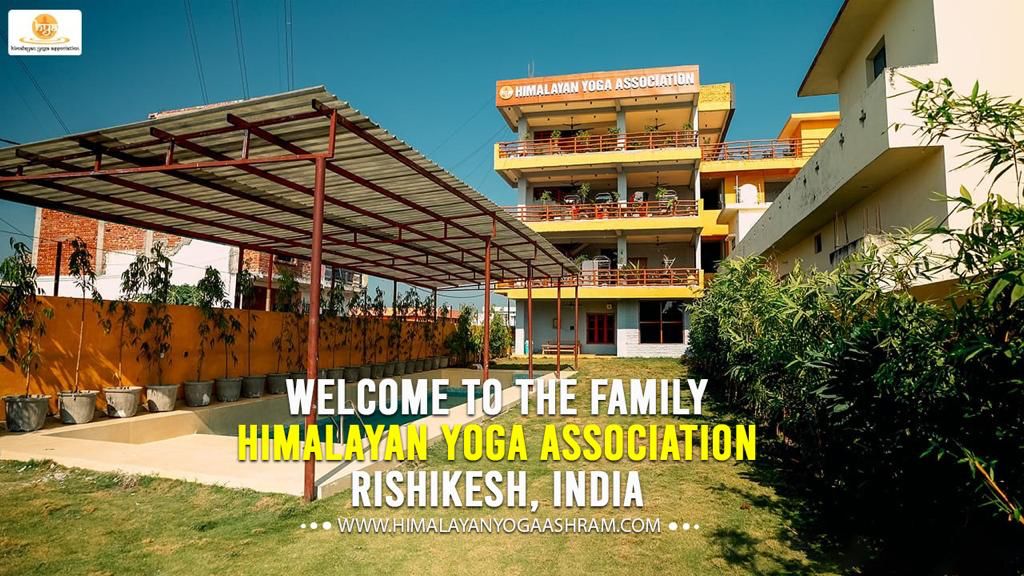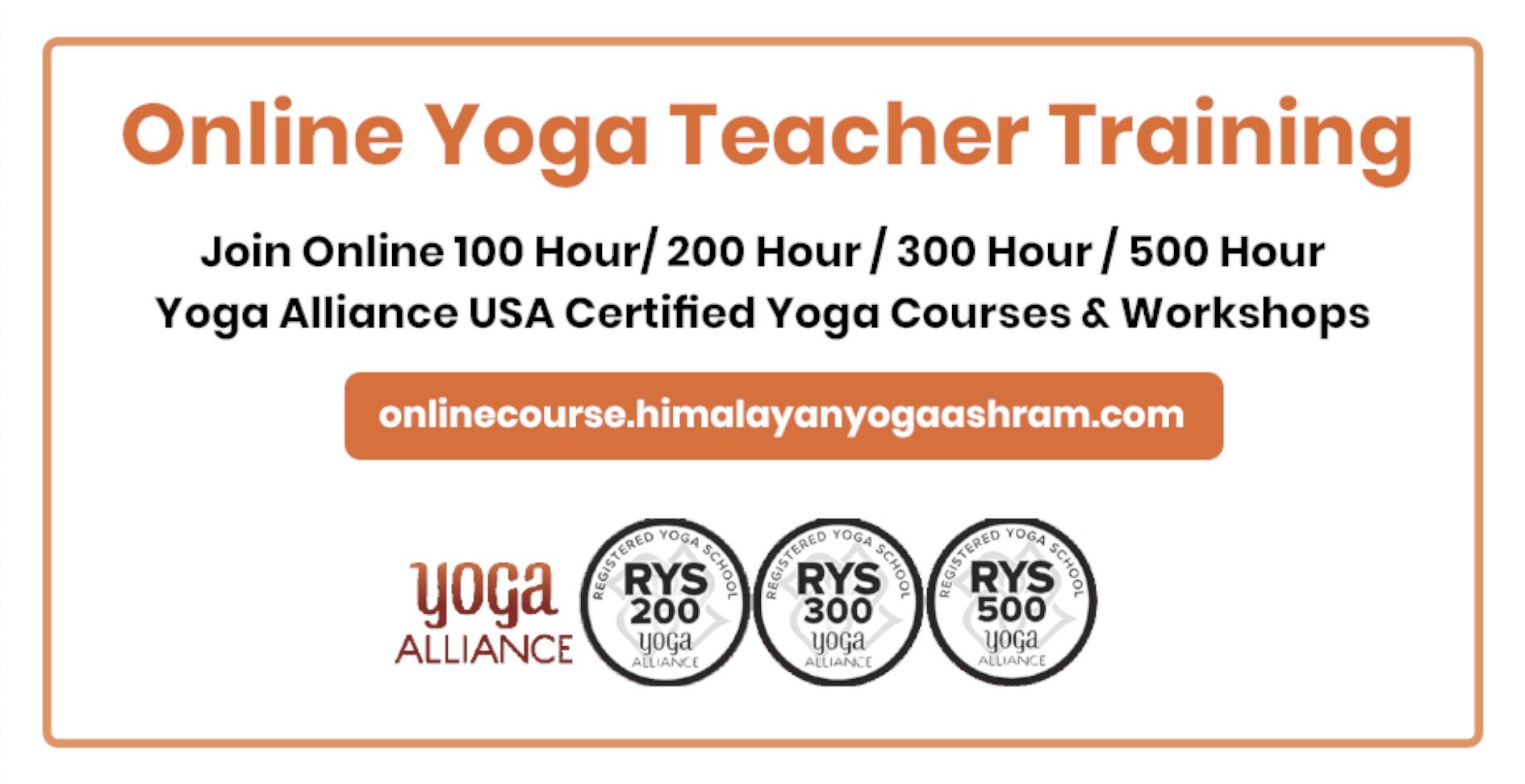About Yoga Teacher Training Course
25 Days 200-hour yoga teacher training in Rishikesh India , experience an unforgettable, fun-filled life-changing experience in the foundational 200 hour yoga teacher training Course in Rishikesh begin your yoga journey with clarity and vision to lighten up the self. Let us prepare you with ancient teachings and techniques so that you can come up as an accomplished yogi or yogini.
We already know about basic yoga courses but if you want to level up your yoga practices, you can join the Himalayan Yoga Association’s200 Hour Yoga Teacher Training Yoga Certification course It is a professional and comprehensive program based on the teachings of Ashtanga yoga – Hatha yoga – Vinyasa Flow designed by accomplished yoga masters after a lot of self-study on the subjects of yoga in order to provide best teachings to the students. Learn about Everything you need to know about yoga.
RYT200 Yoga Certification offers detailed teachings on asana’s (Yoga Postures), meditation, Pranayama, yoga philosophy, yoga anatomy physiology, alignment-adjustment, teaching methodology as well as fundamentals of Ayurveda and its importance.
All yoga classes are taught by well- educated accomplished yogis (Masters) that lefts no space for doubts on the teachings when students step forward to teach others. Once the course syllabus is completed students are also given opportunity to teach their classmates in the presence of teacher which brings clarity and self-confidence in their teaching.
Yoga teacher training course in rishikesh is suitable for all walks of life people whether you are beginner, intermediate or want to learn for personal development or yoga as profession so you are on the right place, come and join Himalayan yoga Association to learn how to transform millions lives.
200 hour yoga teacher training course in India Overview
Experience and explore the authentic wisdom of the ancient art of yoga straight from the genuine yoga gurus in the land of yogis and saints – India! A 200 hour yoga teacher training course in rishikesh, india is the best way to achieve this!
This program is not only meant to create and build a community of yoga teachers who will share and impart the yogic knowledge they have imbibed during the course, to others in future but is also meant to let the practitioners apply what they have learned in their daily or routine life and lifestyle to make it more meaningful and purpose-oriented.
Strengthen your core concepts and your spiritual side while simultaneously gaining a sound foundation as you perform your asanas and learn more about them. Gain a comprehensive insight through these various asanas and yogic philosophy to know how the body functions and how the mind develops and evolves gradually.
Also access the multiple dimensions of the yogic way of life as you go exploring them and gain a whole new perspective of the world.Planning on pursuing a 200 hour yoga teacher training course in india, but not quite sure as to which location to pursue it from? Yoga teacher training near you may be easily and adequately available in the West, however most prefer a visit to India to pursue the same and become certified yoga teachers.
The reasons are more than one, some prefer accessing the subject of yoga in its authentic form from where it took birth. On the other hand some others find the idea more cost effective. And some feel it serves them a dual purpose of combining a travel and a course at the same time thus making the trip an experience worthwhile. Whatever the purpose, it is essential to be prepared well in advance prior to embarking upon the voyage.
Where to pursue a yoga teacher training in India?
India has several beautiful destinations ideally suited for a course on yoga teacher training such as Goa, Dharamsala, and Rishikesh. The humble town of Rishikesh presents a fine blend of yoga with meditative introspection amidst the tranquility of the Himalayas, the waterfalls and the presence of the gorgeous river Ganges .
This holy city in India gained high popularity during the time of visit by the Beatles and the meditative environment here continues to lure one and many as they feel the vibes as soon as they step foot in the sacred soil of this spot.
Resting at peace in the Himalayan foothills, the town of rishikesh has been spotted for the saints and yogis meditating and taking a dip in the river Ganges daily. Besides, Rishikesh offers adventurous hiking for those passionate about nature and a flourishing downtown enlivened by the presence of great musicians and artists promising you an enriching cultural episode to witness.
And the biggest assets that the town holds are the ancient yoga ashrams and yoga school in rishikesh india such as Himalayan Yoga Association that offer quality and authentic yoga teacher training courses recognized by Yoga Alliance USA. also you can read our complete guide about how to join an yoga school in india.
So create your next trip to India and make Rishikesh your must-visit destination to learn about the yogic wisdom and explore the path towards enlightenment.

